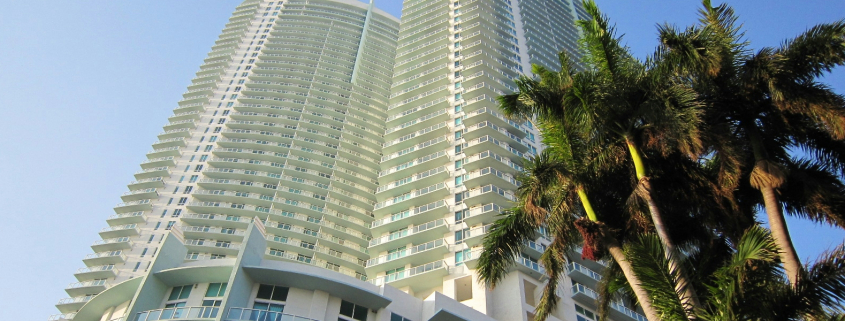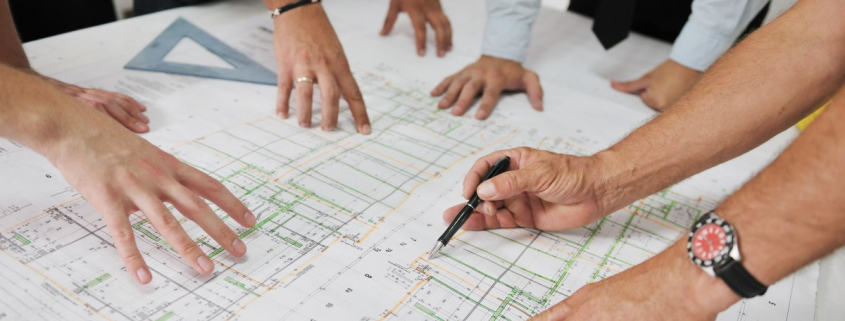What criteria do companies use in choosing office locations?
Many are obvious, as they have been important since high-rises first began to dot the U.S. landscape: centralized location, convenient highway or public transit access, adequate office space, ample parking, and amenities like in-building or nearby food vendors.
Increasingly, though, facility managers and the executive teams they work with are assessing a latter-day criterion that is becoming as important as any: Is the building “cloud-ready”? Companies are ever more reliant on high-speed network connectivity to the Internet and other essential services, including access to public or private clouds—which are a popular alternative to on-site servers by providing secure storage of, and access to, data and software programs.
Buildings that are not “cloud-ready” are (in the minds of many decision makers) about as useful as offices without electricity or bathrooms. Consider these statistics: Global IT traffic has increased more than fourfold in the past five years, and will increase threefold over the next five years. And, the number of devices connected to IP networks will be nearly three times as high as the global population in 2017.
As Candace London, senior vice president for Spectrum Commercial Real Estate Solutions concurred, the question from those seeking office space used to be: “does the building have high-speed Internet?” but in the near future, the question will be “is it cloud-ready?” So, yes, the ability to connect seamlessly to the cloud, via the Internet, is a 21st century essential.
While many service providers offer high-speed, broad-bandwidth network access, and others offer a full complement of cloud services, very few offer both. And those that do are finding growing numbers of customers, ready to sign up for their services.
Another important consideration is that today’s facilities don’t have to be physically located on a fiber optic network to access cloud services–as long as they are close. Many fiber providers are now extending their networks to “near-net” buildings that are a short distance (within 1,500 feet) of their fiber rings.
What exactly is a cloud-ready building? It has one or more providers who have installed high-speed connectivity to the building’s basement equipment room (on-net) or who, in a matter of days/weeks, can complete a build-out to connect the building to its nearby fiber-optic network ring (near-net).
As network connectivity to the building is being established, it is a relatively simple process of running the chosen fiber-optic network cables into the particular floor or suite requesting it. Then, the right network provider can optimize use of the network to take advantage of one or more cloud services—such as data storage, security and redundancy—that not only protect a company’s vital data, but enable fast access to it.
The reasons why so many companies are choosing cloud services are numerous. But most are directly or indirectly tied to the one factor that impacts most business decisions: money.
Cloud-readiness is increasingly viewed by many as a growth enabler for their organizations—both from an IT perspective because critical IT staff can shift from systems management functions to business process enhancement; and from an operations standpoint as business functions and workforce can grow quickly and efficiently.
Cloud computing reduces costs in a number of ways:
- Lower Capital Costs. Companies that build and manage their own data rooms incur sizable upfront costs in purchasing the requisite equipment, along with the expense of ongoing maintenance fees. Those costs are almost eliminated by using the cloud.
- Lower Utility Costs. Plenty of electricity and air conditioning is required to power and cool server rooms, and those fees can be reduced drastically if all or most IT assets are shifted to the cloud.
- Real Estate Savings. Businesses can free up office space by moving the location of servers and other equipment typically needed when most IT management occurs on-site to an off-site location instead.
- Personnel Savings. Whether using public cloud services, private cloud services, or a hybrid cloud solution, businesses require less headcount to monitor and manage the network.
- Agility. Companies who contract for cloud services only pay for what they need on demand, and can usually, depending on the provider, quickly scale their IT infrastructure needs up or down based on seasonal growth patterns or other marketplace factors.
Cloud-readiness offers direct benefits to facilities managers, as management-specific applications to configure, monitor, and control building systems such as access security and energy management. Computerized maintenance and management applications (CMMS) have also moved to the cloud. These solutions help track repairs and preventive maintenance work orders as well as managing inventory and tracking building assets. There are also cloud based solutions for incident management, space planning, and visitor registration.
One of the biggest benefits of running building management applications in the cloud is anytime access to the application and to the alerts, analyses, and status reports they deliver. Managing buildings from the cloud also allows a facilities management team to manage multiple locations in real time from the central office.
Facility managers who embrace the importance of both high-speed networks and cloud based availability will find they have more time for forward thinking, because they can spend less time staying on top of management and maintenance issues.
Source: Today’s Facility Manager










